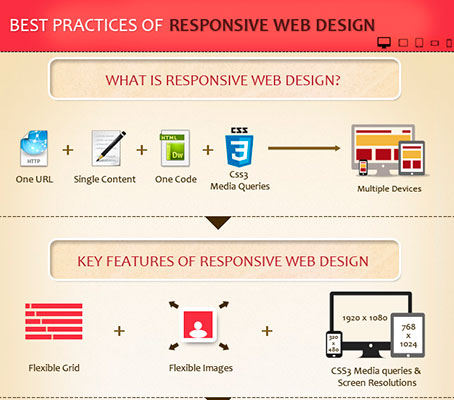Using The Strength Of Visual Hierarchy In Web Site Creation
Using The Strength Of Visual Hierarchy In Web Site Creation
Blog Article
Written By-Leon Magnussen
Think of a web site where every aspect contends for your interest, leaving you feeling bewildered and unsure of where to focus.
Currently image a web site where each component is carefully set up, assisting your eyes effortlessly with the web page, giving a smooth individual experience.
The distinction lies in the power of visual hierarchy in site layout. By purposefully arranging and prioritizing aspects on a page, designers can create a clear and intuitive course for users to adhere to, inevitably enhancing engagement and driving conversions.
However exactly how specifically can you harness this power? Join us as we check out the principles and strategies behind reliable aesthetic pecking order, and find exactly how you can elevate your website layout to brand-new heights.
Comprehending Visual Hierarchy in Web Design
To efficiently communicate info and guide users through a website, it's vital to understand the principle of aesthetic power structure in website design.
Visual power structure refers to the arrangement and organization of components on a page to highlight their relevance and produce a clear and instinctive individual experience. By developing a clear aesthetic pecking order, you can direct users' focus to one of the most crucial information or actions on the page, boosting use and involvement.
This can be achieved with numerous design methods, consisting of the tactical use of size, shade, comparison, and positioning of elements. For example, bigger and bolder components commonly bring in even more interest, while contrasting shades can develop visual comparison and draw focus.
Principles for Effective Visual Power Structure
Understanding the concepts for reliable aesthetic power structure is necessary in developing an user-friendly and appealing site design. By adhering to these principles, you can guarantee that your site properly communicates info to customers and overviews their interest to one of the most important components.
One principle is to utilize size and range to develop a clear aesthetic power structure. By making essential components bigger and more famous, you can accentuate them and guide individuals through the material.
please click for source is to use comparison effectively. By using contrasting shades, font styles, and forms, you can produce aesthetic differentiation and highlight important information.
Furthermore, the principle of proximity suggests that related aspects need to be organized with each other to aesthetically link them and make the site a lot more organized and easy to navigate.
Implementing Visual Hierarchy in Website Design
To carry out aesthetic power structure in internet site design, prioritize crucial aspects by readjusting their size, shade, and placement on the page.
By making key elements larger and extra prominent, they'll naturally draw the user's attention.
Usage contrasting colors to produce visual contrast and highlight crucial info. For example, you can make use of a strong or lively shade for headings or call-to-action switches.
Additionally, take into consideration the setting of each element on the web page. Area vital components at the top or in the facility, as customers have a tendency to focus on these areas initially.
Verdict
So, there you have it. Aesthetic hierarchy resembles the conductor of a symphony, directing your eyes with the internet site style with skill and style.
https://search-engine-optimizatio40649.theideasblog.com/30715210/understanding-the-power-of-influencer-advertising-and-marketing-in-the-digital-age 's the secret sauce that makes a web site pop and sizzle. Without it, your style is just a cluttered mess of arbitrary components.
But with aesthetic power structure, you can produce a work of art that grabs focus, interacts effectively, and leaves a long-term impression.
So leave, web design & development , and harness the power of visual pecking order in your web site style. Your audience will certainly thank you.
